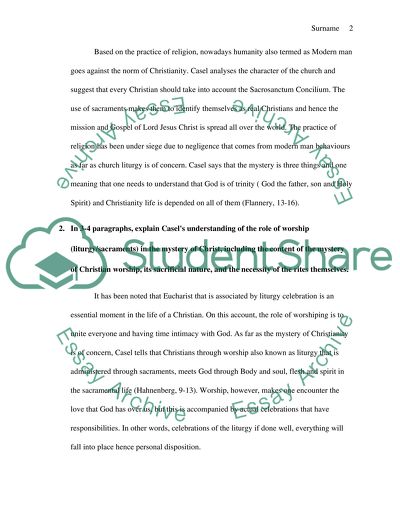Cite this document
(“Vatican Council II and Catechism of the Catholic Church Essay”, n.d.)
Retrieved de https://studentshare.org/religion-and-theology/1656247-vatican-council-ii-and-catechism-of-the-catholic-church
Retrieved de https://studentshare.org/religion-and-theology/1656247-vatican-council-ii-and-catechism-of-the-catholic-church
(Vatican Council II and Catechism of the Catholic Church Essay)
https://studentshare.org/religion-and-theology/1656247-vatican-council-ii-and-catechism-of-the-catholic-church.
https://studentshare.org/religion-and-theology/1656247-vatican-council-ii-and-catechism-of-the-catholic-church.
“Vatican Council II and Catechism of the Catholic Church Essay”, n.d. https://studentshare.org/religion-and-theology/1656247-vatican-council-ii-and-catechism-of-the-catholic-church.


